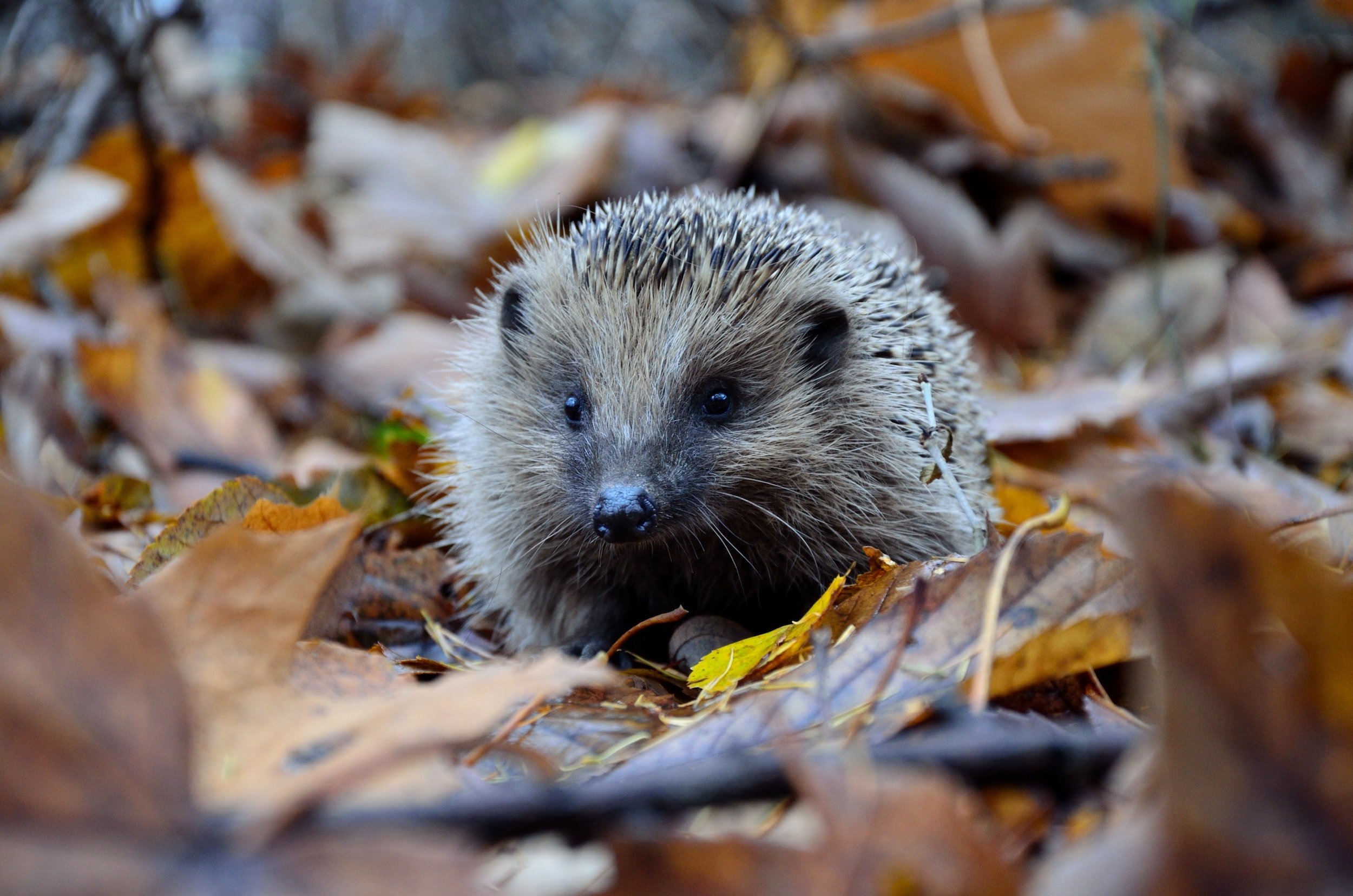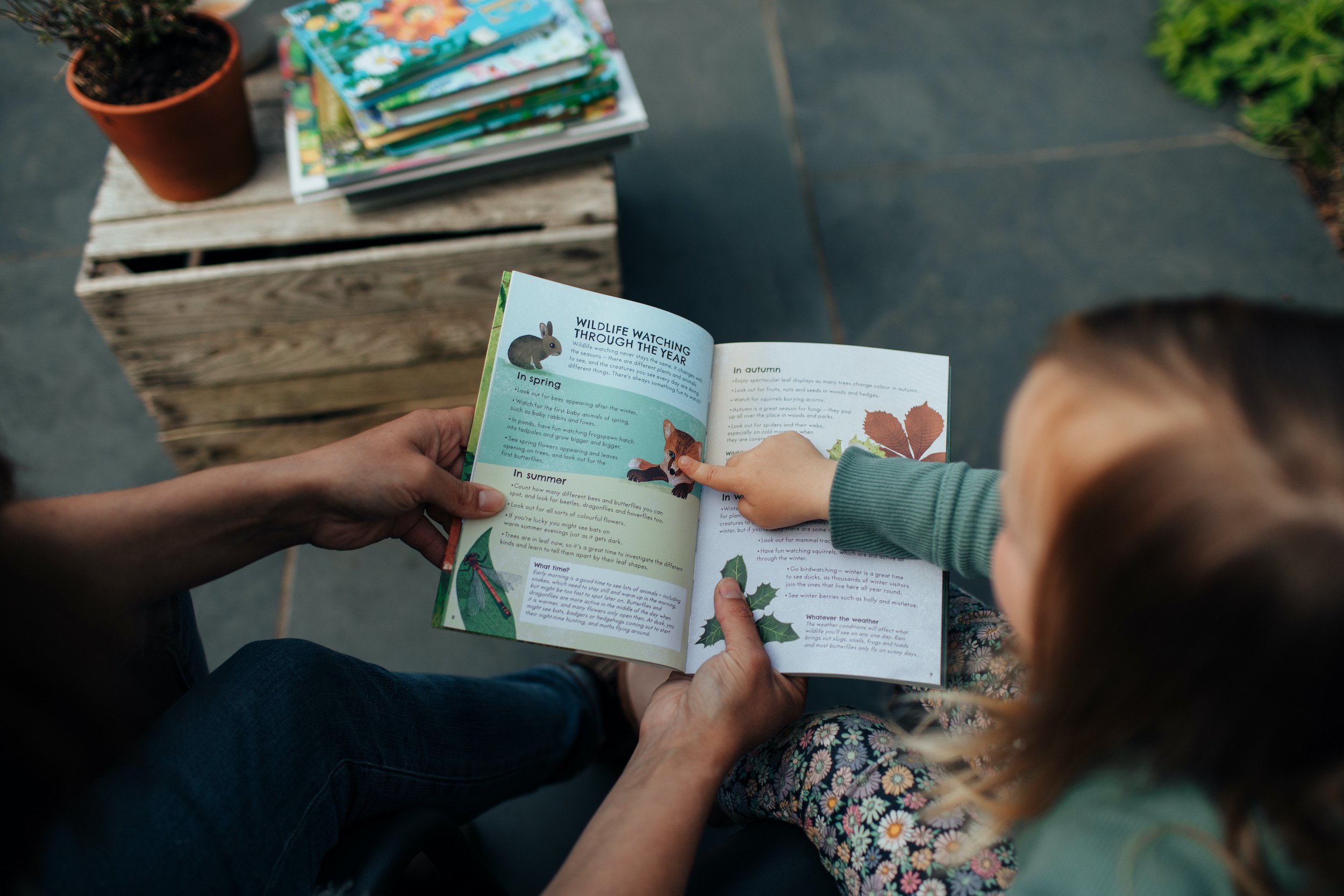How to attract hedgehogs to your garden
Photo by Piotr Łaskawski on Unsplash
Cute, snuffly, covered in spikes… hedgehogs are one of the creatures that just about everyone wants to encourage to their garden.
Not only are they adorable, but they’re good for your garden too: eating slugs, beetles, caterpillars and other plant pests. Hedgehog numbers in the wild have declined rapidly over the past few decades to the extent that, as of 2020, hedgehogs are on the list of animals that are vulnerable to extinction. It’s more important than ever to do what we can to make hedgehog friendly gardens and provide habitats for the prickly creatures.
Here are our top tips to attract hedgehogs to your garden:
Provide habitats and safe routes
Hedgehogs need somewhere to live, and also a route in and out of gardens. Hedgehogs can travel up to 2 miles in a single night, so will typically move through many gardens in one evening. A small hole 13cmx13cm cut in the bottom of fences helps to provide a hedgehog corridor. Encourage your neighbours to do the same. Hedges are even better as hedgehogs can travel through them and also use them as a place to sleep during the day.
Popular hedgehog habitats are piles of logs covered in old leaves, hedgerows, or even old outbuildings and sheds. Try not to make your garden too tidy; removing all the old leaves and dead plant debris means there is nowhere left for hedgehogs, and other wildlife, to make a home. A wilder area in one section can provide a great habitat.
Unlit bonfires often make appealing homes for hedgehogs, so always check a bonfire before lighting, by shining a torch in.
You can buy or make specific hedgehog houses, which give hedgehogs a safe hibernation spot away from predators and can also be used by mothers as nesting box.
Cover up danger spots
Hedgehogs can drown in swimming pools or ponds if they fall in and can’t get out. If you have a pond, make sure there is a ramp in and out for any wildlife using the pond.
If you have a swimming pool, make sure to keep it covered up when not in use.
Always check hedges and the lawn before mowing or strimming, to make sure hedgehogs and any other wildlife are removed first.
Don’t use slug pellets or pesticides, which can kill hedgehogs if they eat them, or if they eat a slug that has been poisoned.
Food and drink
If it’s hot, a small container of water can provide a helpful drinking spot for hedgehogs and lots of other wildlife, such as birds. A pond (with at least one end shallow) is perfect, but if you don’t have space for that, then a saucer or small container of water, constantly topped up in warm weather also works well.
Hedgehogs eat earthworms and other insects, but also appreciate food left out for them, especially in the run up to their hibernation period in winter, when they build up fat stores. You can leave out meaty cat or dog food, in a small container in a secluded spot. If you live in an area with lots of cats or foxes, then it might be helpful to create a special “feeding tunnel” to keep the food out of reach of other animals. Cut a small hole 13cmx13cm wide in the side of a plastic box and place it over the food, to make a tunnel that the hedgehog can walk inside to get the food. Check and top up in the mornings.
Get to know hedgehogs
Become a hedgehog detective and see if you might have one in your garden! Hedgehog tracks and droppings are both quite distinctive. You can see illustrative photos here: hedgehog tracks and signs. Night cameras positioned around the garden can help spot hedgehogs and lots of other nocturnal animals; it’s great fun to check on the night cam the next day, and have your very own Springwatch! Kids especially love to see up close footage of the animals that wander in their garden at night.
If you find a hedgehog that is struggling then you can take it inside and put it in a cardboard box (use gloves to pick it up). Only remove a hedgehog if you’re sure it is in distress: if it’s injured, trapped, lying in the sun or is a hoglet without its parents close by. There are more details on the British Hedgehog Preservation society website here: found a hedgehog.
Rehoming hedgehogs
Tempting though it may be, it’s really important not to move a healthy hedgehog that you find in the wild into your garden. Some injured hedgehogs are sometimes rehoused by hedgehog rescue centres. Contact your local hedgehog rescue centre if you would like to be considered. Not all gardens are suitable (dogs can be a problem for hedgehogs, for example, as can badgers in rural areas; right next to very busy roads is another concern…) There is more information about how to go about rehoming a hedgehog here on the Hedgehog Preservation site: I want a hedgehog for my garden!
More info
· Hedgehog Street is a campaign to help increase hedgehog numbers. Register yourself on the website and join the other 90,000 “hedgehog champions” – share photos, tips and success stories: www.hedgehogstreet.org.
· You can find more info about hedgehogs at the British Hedgehog Preservations Society website: www.britishhedgehogs.org.uk





